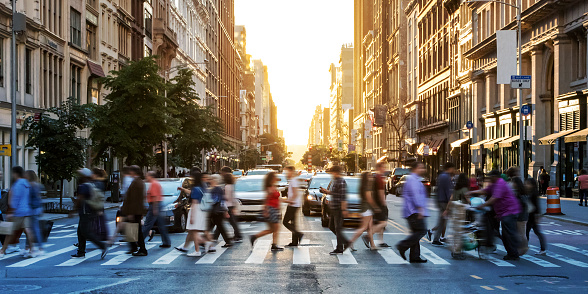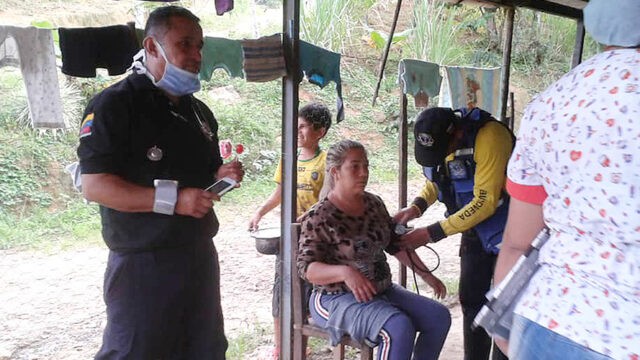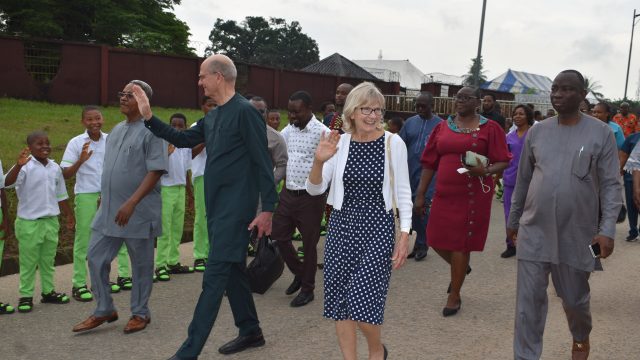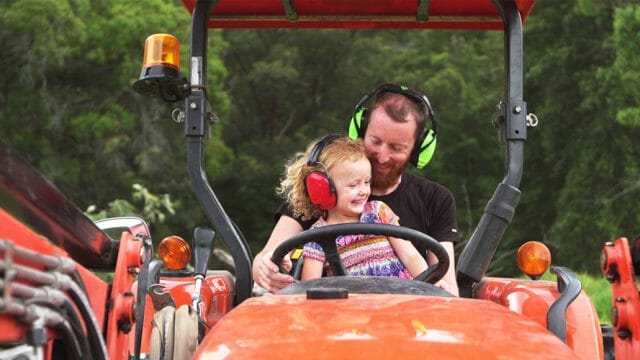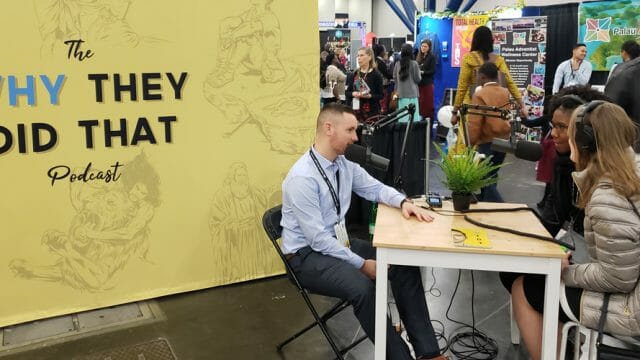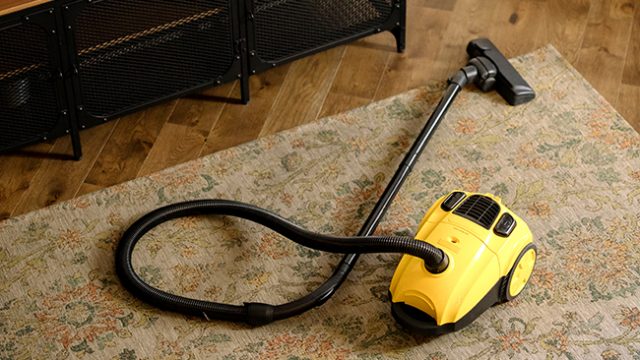God uses even difficult circumstances to further His work.
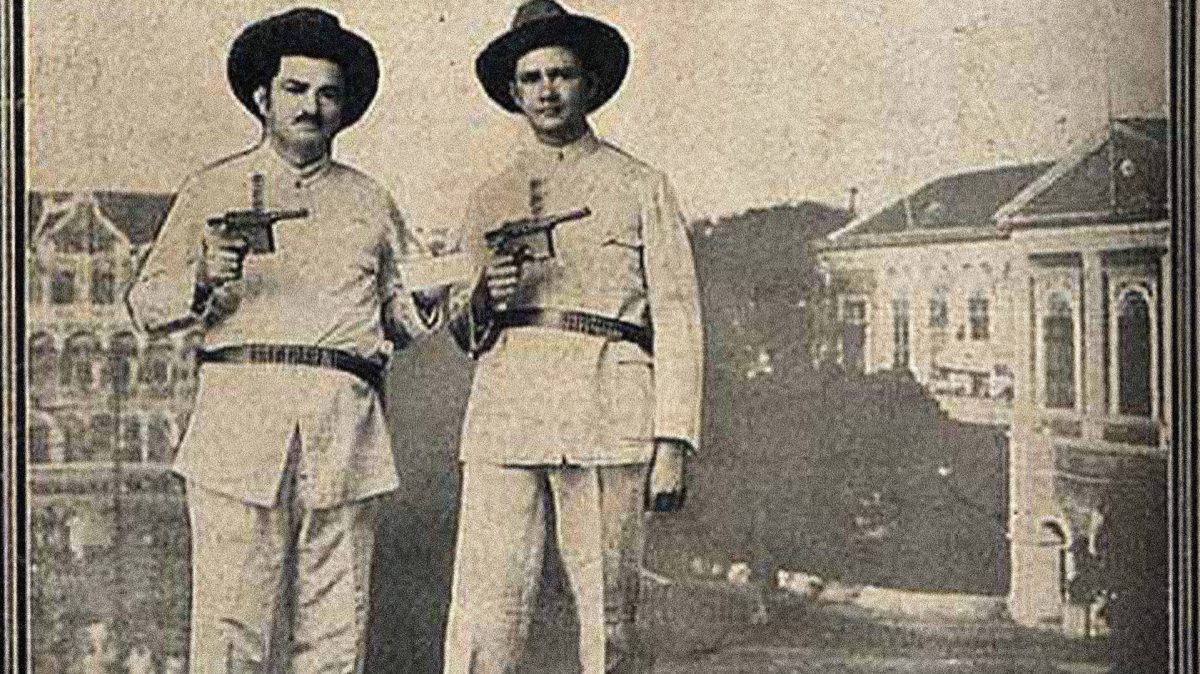
Four men walked toward the S.S. Van Rensselaer anchored in the La Guaira, Venezuela, seaport. William Baxter,1 president of the Caribbean Union; secretary-treasurer Charles Knight; missionary secretary Fred Steeves; and literature evangelist Pedro Sanoia were set to board for a missionary trip to the Caribbean Dutch island of Curaçao, just north of Lake Maracaibo, Venezuela. It was July 1924.
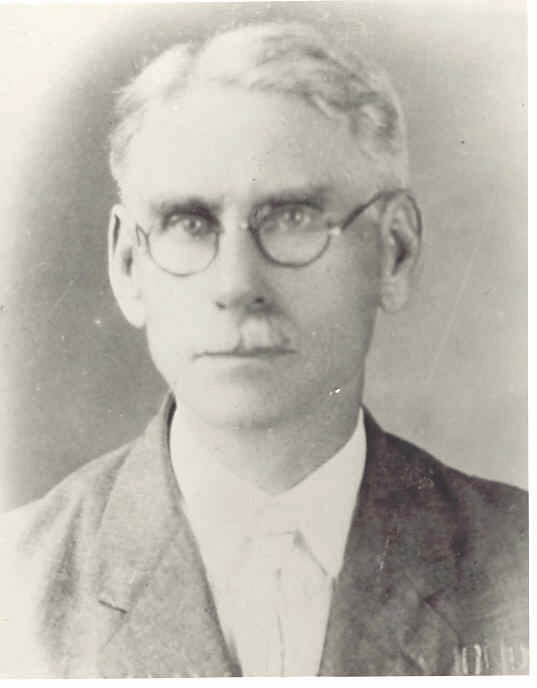
When they arrived the next day, they set out across the island selling religious books and planting gospel seeds. About a year later Charles and his wife, Deborah, moved to Curaçao. Deborah was a true pioneer. While her husband traveled back and forth to Venezuela, she remained on the island. She preached like any experienced minister, gave Bible studies, and did visitation. She organized a little company of believers, although none were baptized as of yet.2 Two years of hard labor were fruitful in establishing a church in Curaçao.
The Knights left the island, and David Babcock and his wife were called to minister to the little group of believers. They needed their own place of worship. It was just too much to be moving from place to place. In March 1929, after significant fasting and prayer, David petitioned the government for a plot of land to build a church.3 It would take a miracle for this to happen. The group continued to pray, presenting their need to the Lord, and God answered in a strange and dramatic way.
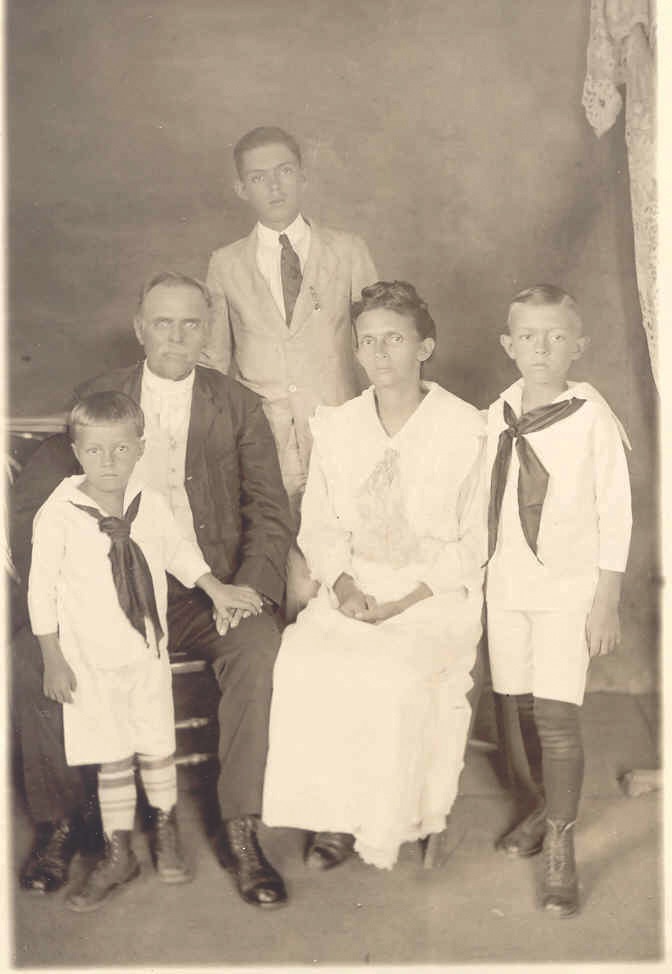
Unexpected Means
On Saturday evening, June 8, 1929,4 two trucks carrying nearly 45 Venezuelan rebels under the leadership of Rafael Simón Urbina, came into Curaçao and captured the governor by force. Rafael knew Curaçao very well,5 including the movements of the soldiers, whom he knew personally. He had been captured and held in isolation there a year before. Because of good behavior, Rafael had been allowed to do chores around Fort Amsterdam and had had ample time to observe the movements and routine of the military. He knew where the ammunition was kept.
While Rafael was in confinement, fellow Venezuelans who worked at the Shell refinery went on strike. They demanded release of the Venezuelan prisoners being held at the fort. The captain in charge of the fort asked Rafael to speak to the leaders of the strike. Rafael said he would do so only after receiving the guarantee that he would not be sent back to Venezuela. Since Holland and Venezuela had maintained good relations, Rafael knew that they would want to send him back to Venezuela. This would have meant his end. The strike at the refinery had the desired effect, and Queen Wilhelmina of the Netherlands ordered his deportation to another country. He went to Colombia.
Rafael did not appreciate the treatment he received from the Curaçao government, and decided he would teach them a lesson someday. He prepared for almost a year. Eight days before the June assault, Rafael came to Curaçao using a Mexican passport with another name. At the wharf his comrades were waiting for him. They took him to a little house beside the refinery where his companion was waiting for him. There they finalized plans for the assault.
Rafael and his men, armed with only machetes and two automatic pistols, attacked the garrison in the fort, killing three Dutch soldiers. Despite military resistance, the rebels gained control.
Rafael went to Governor Leonard Fruytier, demanding that he accompany him outside and permit him and his men to leave the island by boat. If this demand was not granted, he would set the oil refinery on fire—which would be a great tragedy for the island. A little past midnight the governor and others were taken prisoner and obliged to board the ship Maracaibo for Venezuela.6
Ship captain Arthur Morris protested that he could not leave the harbor without clearance papers and a crew, since his crew had fled when they heard the commotion. Rafael told the captain to make out the papers and forced the governor at gunpoint to sign them.
While at sea, Captain Morris7 overheard that the rebels were planning to kill the governor and throw him overboard. The captain told Rafael that it would be a great mistake, because the man he was holding prisoner was not the one who was governor at the time he was incarcerated. The other governor had gone back to Holland. Captain Morris argued that this man wanted to treat everyone fairly.
Swayed by his advice, Rafael demanded disembarkation with his men at Coro, Venezuela; then the ship could take the governor and other prisoners back to Curaçao. The trip ended sadly for the rebels. They were captured by the Venezuelan army and imprisoned.
New Horizons
The return of the Maracaibo ended a bitter chapter for the island and the government, but opened new horizons for the struggling Seventh-day Adventist church. God used and continues to use difficult circumstances to further His work.
Back in office, Governor Fruytier called Captain Morris and told him that out of gratitude for saving his life, he would grant him whatever reasonable request he made. Captain Morris’ wife was a Seventh-day Adventist, and he usually attended the services with her when he was in port. Knowing of the difficulties they had in obtaining a piece of land for the church, Captain Morris requested the governor grant the Adventists their petition and let them have the land on which to build their church.
Two months later 1,200 square meters of land was turned over to the Adventists. This was the site where, in early 1930, the first Seventh-day Adventist church building was erected along with a parsonage. The church united in prayer and thanksgiving to the Lord for answering their petition in such a speedy and remarkable way.
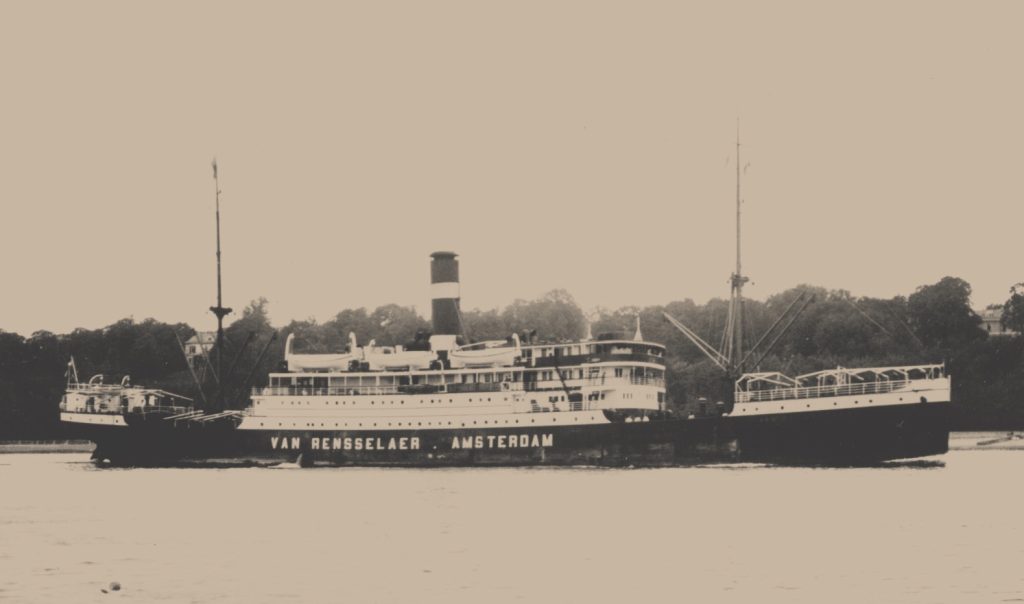
1 The Caribbean Union at the time covered the territories of Nicaragua, Costa Rica, Panama, Colombia, Venezuela, Guyana, Suriname and French Guiana, and the Lesser Antilles.
2 Personal interview with Daisy Labega, 1991.
3 Copy of letter sent by Elder Babcock is in possession of the author. 4 The newspapers of the time, Amigoe, La Union, and De Curaçaosche Courant, among others, wrote extensively on this drama. Copies of these are in the National Archives of the Netherlands Antilles in Willemstad, Curaçao.
5 Rafael Simón Urbina, Libertad, Dolor y Tragedia (1936).
6 The Maracaibo had just docked coming from Aruba the very same day with 15 first-class passengers, 9 second-class, 113 on deck, and 29 in transit. See De Curaçaosche Courant, June 14, 1929.
7 Captain Morris shared this story with his wife, who was a Seventh-day Adventist, and a couple of other church leaders. It was not something to speak about, as it was a delicate matter then.


